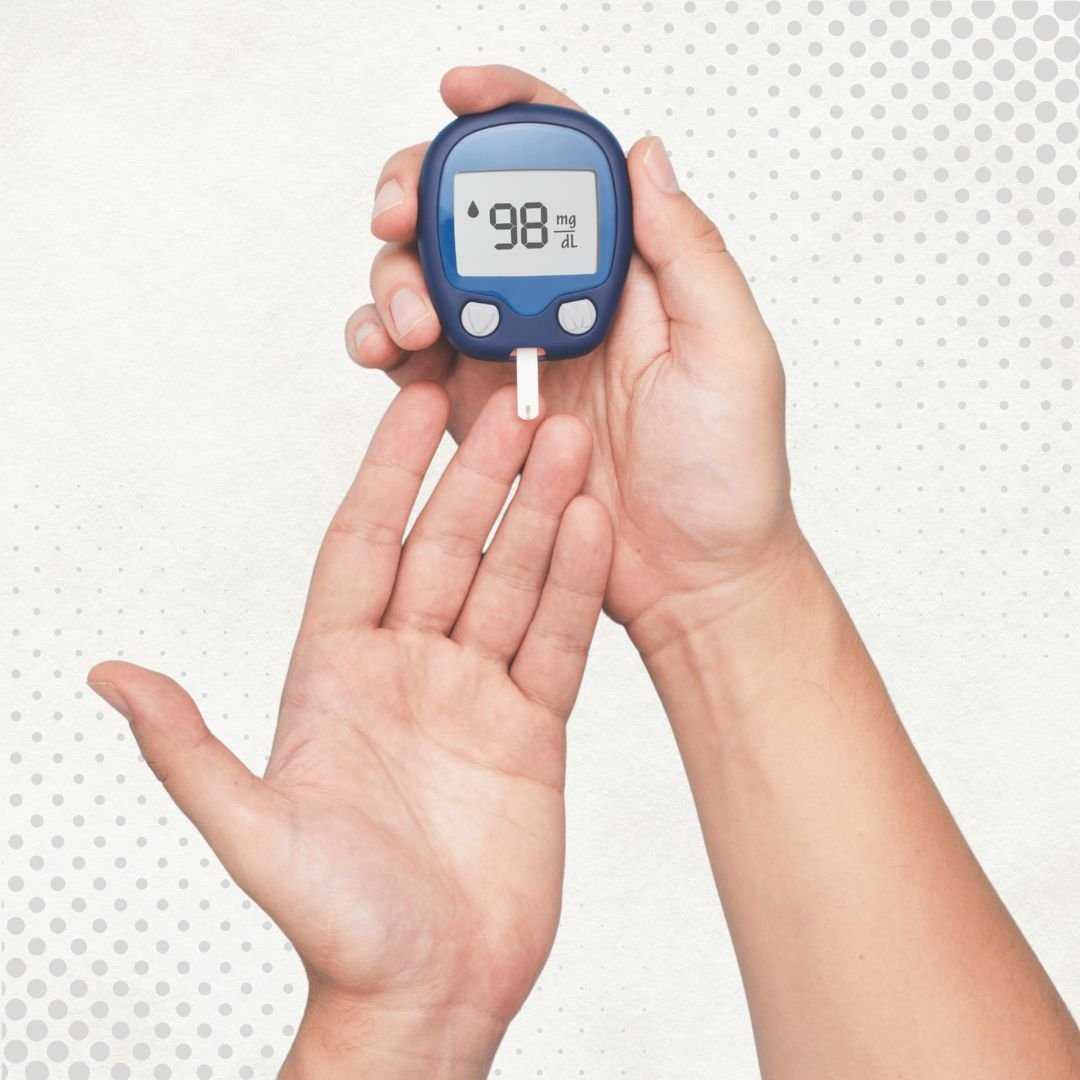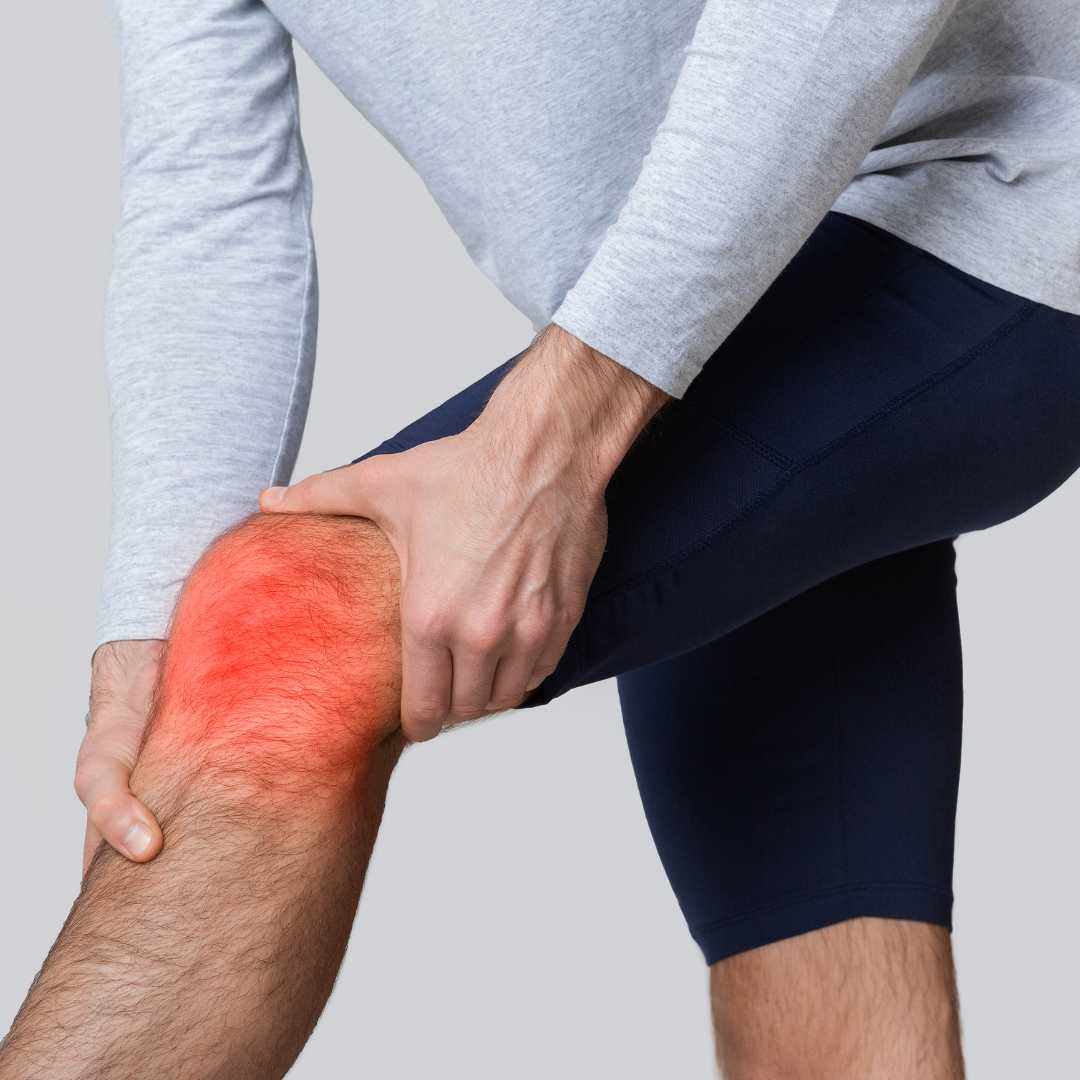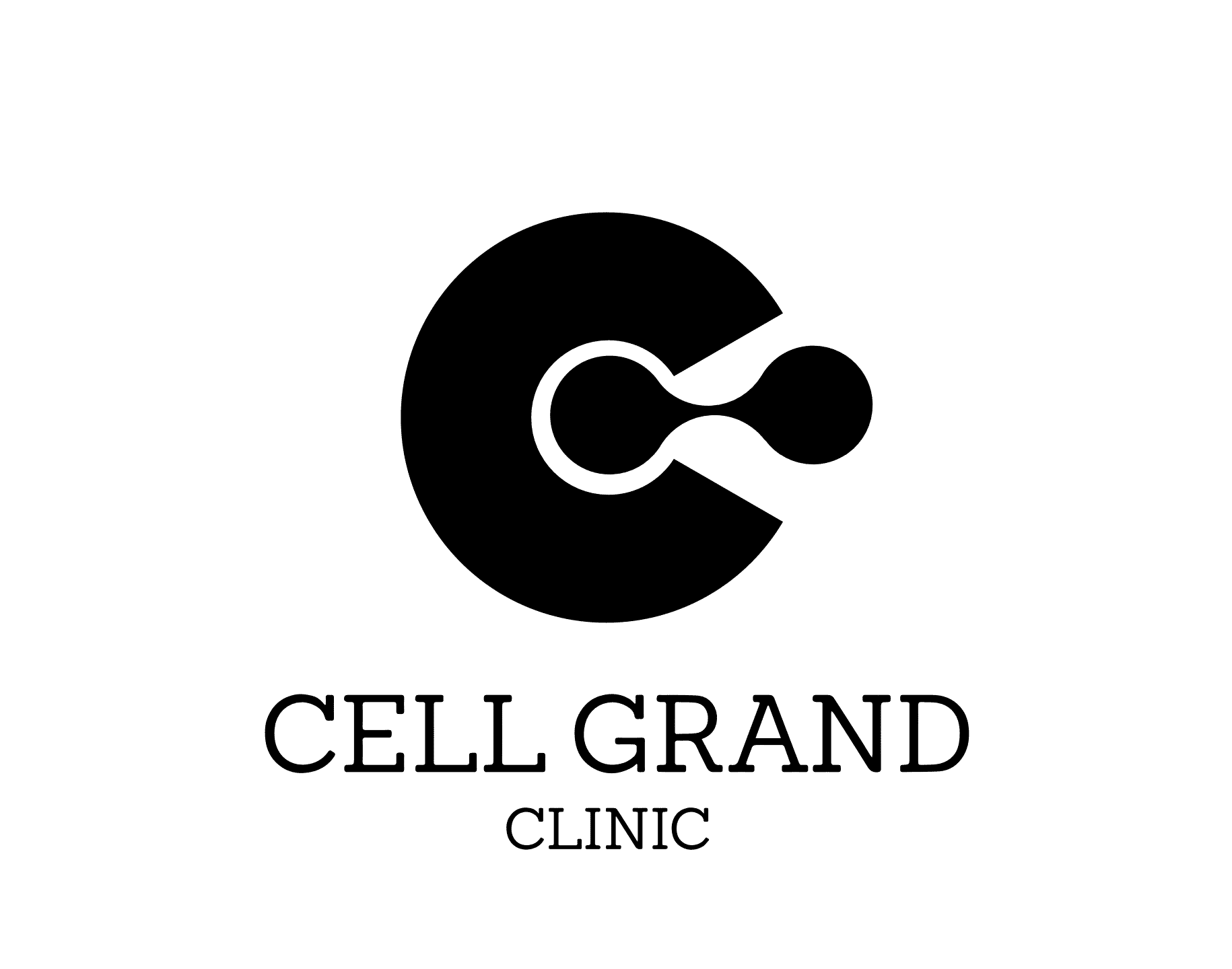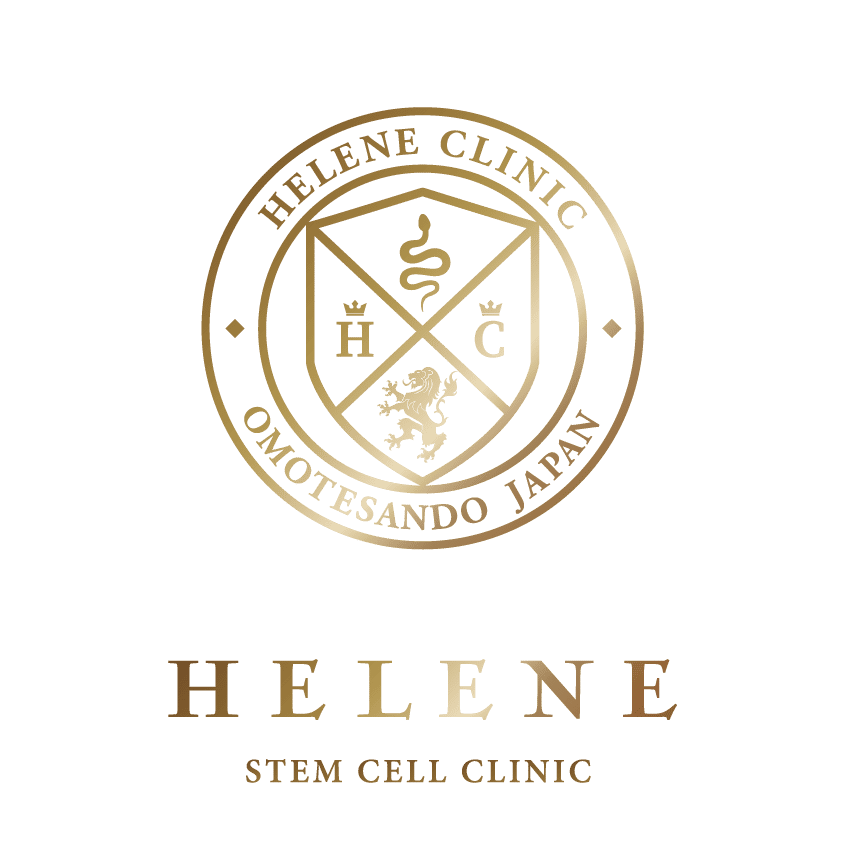Knee Osteoarthritis Relief with Stem Cells in Japan
.png)
Knee pain from osteoarthritis can be debilitating, turning simple activities like walking or climbing stairs into daily struggles. For years, the only "real" solution offered to many was major surgery: total knee replacement. However, Japan is changing that narrative with advanced regenerative medicine.
As a global leader in cell therapies, Japan offers legally approved, high-dose stem cell treatments designed to repair the joint environment biologically rather than mechanically. If you are looking for a way to save your knees without going under the knife, understanding the effectiveness, costs, and science behind Japan's approach is essential. In this guide, we dive into why Japan is the go-to destination for knee preservation.
How effective is stem cell therapy for knee osteoarthritis?
The effectiveness comes from the "paracrine effect." When stem cells are injected into your knee, they don't just turn into new cartilage instantly. Instead, they act like managers, releasing powerful anti-inflammatory signals and growth factors.
This biological cocktail stops the chronic inflammation that eats away at your joint. It signals your remaining cartilage cells to "wake up" and repair. This dual action of stopping destruction and promoting repair is why patients report lasting relief that simple painkillers or steroid injections cannot provide.
Why is Japan's approach different?
In many places, "stem cell therapy" is just a same-day procedure where they spin your blood or bone marrow and inject it back. The cell count is low. In Japan, thanks to the Act on the Safety of Regenerative Medicine, clinics are licensed to culture your cells.
They take a small fat sample, send it to a high-tech lab, and grow your stem cells for weeks until they number in the hundreds of millions. This high dose is a game-changer for effectiveness, providing a massive therapeutic boost to the damaged joint.
What is the cost of knee stem cell therapy in Japan?
While not cheap, this cost reflects the high standard of care and the expense of culturing cells in a sterile, government-approved facility. Some clinics offer packages for both knees that can be more cost-effective.
Below is a cost comparison for knee treatments:
| Treatment Option | Estimated Cost (USD) | Details |
|---|---|---|
| Standard Stem Cell Injection (1 Knee) | $10,000 - $15,000 | Cultured ADSCs, single injection. |
| Bilateral Knee Treatment (2 Knees) | $18,000 - $25,000 | Cost-effective for treating both legs. |
| Total Knee Replacement (USA) | $30,000 - $50,000+ | Major surgery with long rehab. |
What types of stem cells are used?
Doctors prefer fat-derived cells over bone marrow for knee osteoarthritis because they are easier to harvest (a tiny liposuction vs. drilling into bone) and they tend to retain their potency better as we age. Since they are your own cells ("autologous"), there is zero risk of rejection.
How is the procedure performed?
The first visit takes about an hour. The harvesting is minimally invasive, leaving a tiny mark that heals quickly. You can fly home or enjoy a trip in Japan while the lab does the work.
The second visit is even faster. The doctor uses ultrasound to guide the needle precisely into the joint space, ensuring the cells are delivered exactly where the damage is. You can walk out of the clinic immediately after.
Can it regrow cartilage?
Do not expect a brand-new knee like you were 20 again. However, MRI studies have shown improvements in the quality of the cartilage surface. The main benefit is functional: less pain, less swelling, and a joint that feels "cushioned" again, allowing you to return to golf, hiking, or playing with grandchildren.
What is the success rate?
Results vary by severity. Patients with mild to moderate osteoarthritis (Grade 2-3) tend to see the best results. Those with severe "bone-on-bone" arthritis (Grade 4) can still find pain relief but may not see as dramatic a functional improvement. A good doctor will be honest about your specific chances during the consultation.
Are there risks?
Serious complications like infection are incredibly rare due to Japan's strict sterility laws. Since no foreign materials or major incisions are used, the safety profile is superior to knee replacement surgery, which carries risks of blood clots, infection, and long-term implant failure.
What is the recovery time?
This is "walk-in, walk-out" medicine. You won't need crutches or weeks of physical therapy. Most patients resume their normal routine the next day. The full benefits typically "kick in" over the course of 3 to 6 months as the biological repair process matures.
How does it compare to knee replacement surgery?
Many patients choose stem cells as a way to delay or avoid surgery entirely. It bridges the gap for those who are too young for a knee replacement or those who simply do not want the downtime and risks associated with major surgery.
Are there clinics specifically for knees in Japan?
These specialized clinics often have orthopedic surgeons on staff who understand the mechanics of the knee. They don't just inject cells; they look at your alignment, your gait, and your muscle strength to ensure the best possible outcome for your joint.
Is it legal?
This transparency is a huge comfort to international patients. You aren't visiting a "back-alley" clinic; you are entering a regulated medical system that prioritizes patient safety and scientific efficacy.
How do I get started?
The process starts with imaging. The medical team needs to see "inside" your knee to give you an honest prognosis. Once approved, they will help you coordinate your two visits (harvest and injection) to fit your schedule.
Save Your Knees, Reclaim Your Life
If you are tired of living with knee pain and want to explore a proven, non-surgical solution in one of the world's most advanced medical destinations, PlacidWay can help. We connect you with top-rated, government-approved clinics in Japan.


.png)













Share this listing